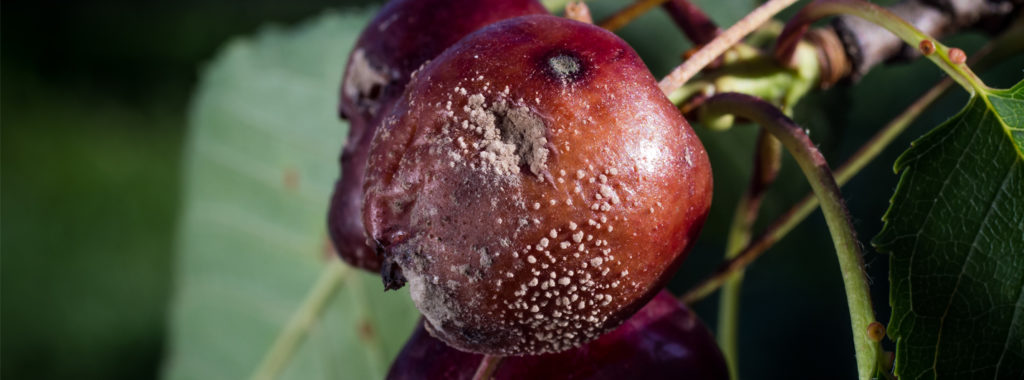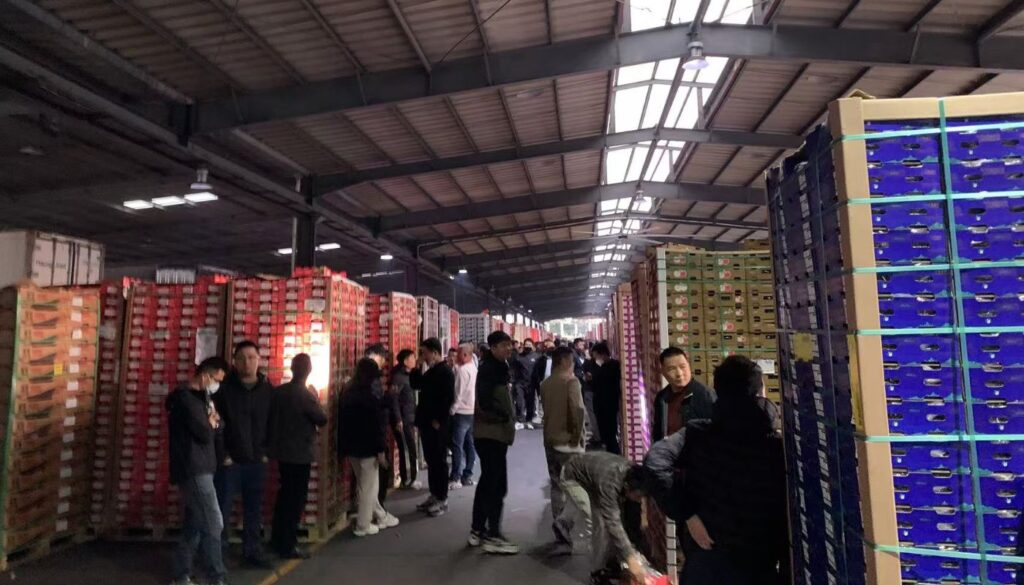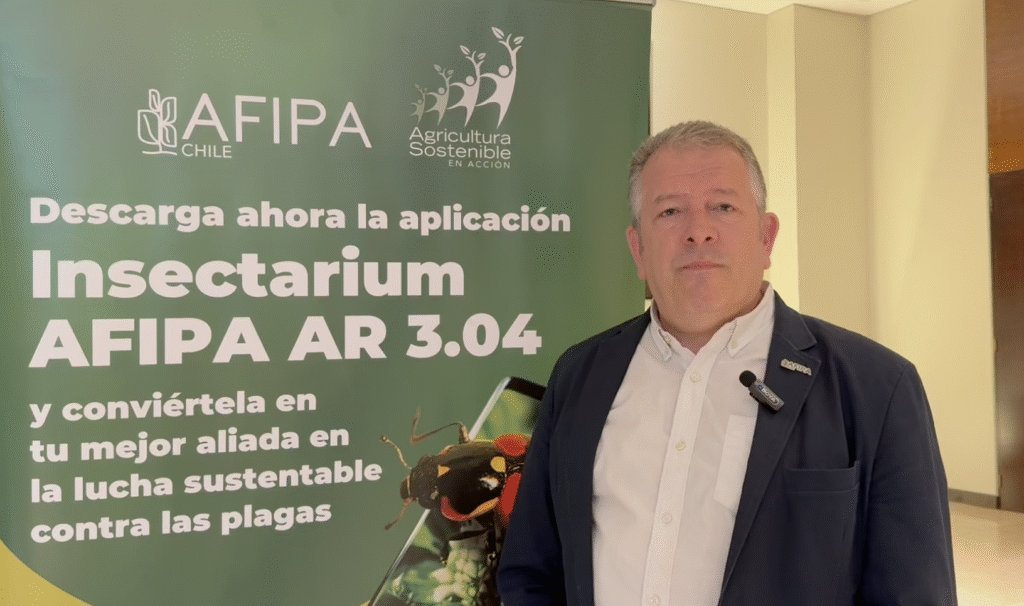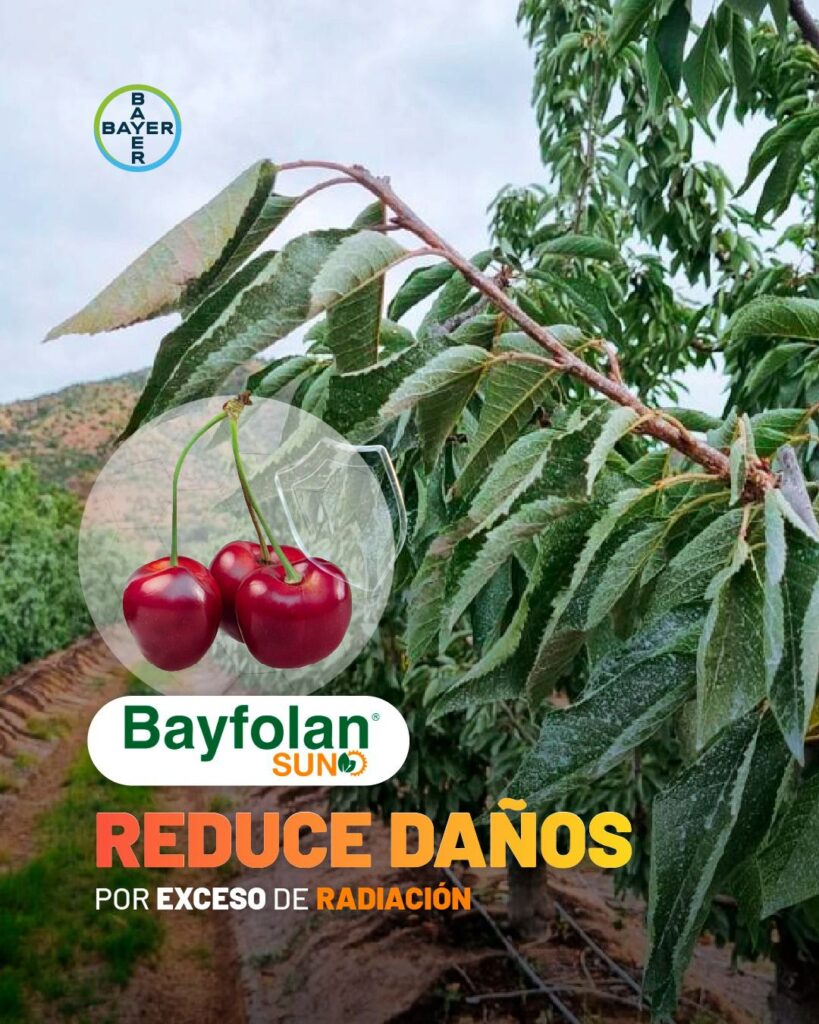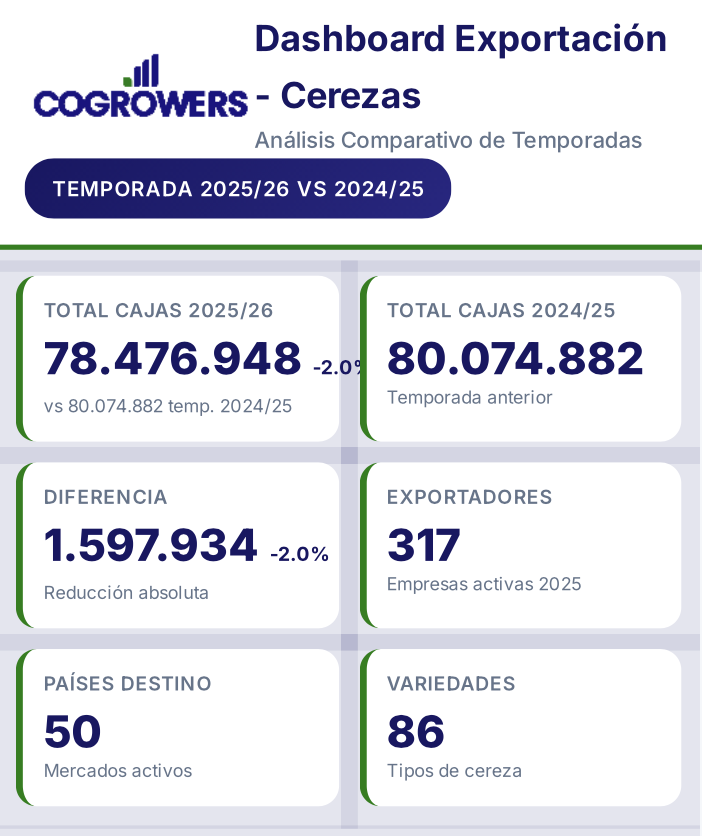By: Héctor García O., Co-Founder and General Manager of Diagnofruit Laboratories Ltda, SOCHIFIT and AMICH Member. [email protected]
The 2020-21 season has undoubtedly been complex, the mere fact of the
The omnipresence of COVID associated with the very regrettable loss of many human lives, make this campaign a period that will remain engraved in our memories. Added to this, we are still in a season where the phrase “Production Record” tends to be small for all the volume that has passed through our packaging lines; in winter, the most daring spoke of increases close to 15%, which ended at +36% already in November.
High production is equivalent to high demand for labor, from thinning to harvesting, which has not been easy to cope with, a pain in recent years that has been deepened by the current pandemic; the result was poor harvests in many cases (pitting, bruises, among other defects) and we were also able to observe collapses in some packing plants due to the high flow of December, a month that also has several holidays. However, the level of our technicians and workers at this stage of the production chain is really high, which allows us to come out on top in most cases, with a quality product.
If logistics has been a critical point, the fruit did not offer the best quality to the
At the time of harvest, firmness was slightly lower than in previous years and we noticed a certain susceptibility to pitting events, which in conversations with various technicians they usually agree on. It is likely that the conjunction of high load, tight harvests and early heat waves influence the condition of the fruit at a very general level, giving it certain negative characteristics, a subject that remains for long-term physiological research. But at the same time heat and low humidity have a positive impact, firstly little cracking and secondly and very relevantly, little activity of phytopathogenic fungi that cause rot in fruits such as Botrytis cinerea or Geotrichum candidum.
What type of rot have we detected?
In summary and to make reading easier, in cherry trees in Chile we face the following pathogens:
1) Botrytis cinerea, causing grey rot. Pre- and post-harvest attacks. It is the rot par excellence, not only in cherries, grapes and blueberries are well aware of its destructive capabilities.
2) Alternaria spp. (Photo 1), causing dry black rot. According to the latest information collected in several investigations, a still undefined number of species would be involved in the disease, which
We have also found them in complex, that is, several in the same fruit.
The infection essentially develops pre-harvest and although mycelial development occurs post-harvest, it rarely infects neighboring fruits, unlike Gray Rot, for example.

Photo 1. Fruits with dry black rot (Alternaria spp.) subjected to a humid chamber. Mycelial growth can be observed at different origins of the fruit, central crack of the fruit, suture and stylar abortion zone. Source: Lab. Diagnofruit Ltda.
3) Geotrichum candidum, It causes what we call Acid Rot, with damage pre and post-harvest. Generally, the disease can be detected pre-harvest, which ends up making the box sick in a way that is often more aggressive than Gray Rot.
4) Penicillium spp., agent causing Green Rot (Photo 2). It is a
rather secondary rot, often after others, Penicillium
It is a rather opportunistic fungus. Despite what has been said, it is very showy.
due to white and green colors, so a damaged fruit is very dangerous.
easy detection in post-harvest.

Photo 2. Attack of Pencillium spp. Source: Lab. Diagnofruit Ltda.
The aforementioned rots are the most classic, those whose behaviour in cherry trees we generally know best (although to tell the truth, we are always learning). However, probably influenced by climate change, susceptible fruit, high load, greater intensity in the use of growth regulators, among other factors, in the current season we have detected new or old pathogens in unusual frequencies. Thus, we can describe at least two types of rots:
5) Cladosporium spp., causing Dry Black-Greenish Rot (photo 3). Although we had detected this problem in previous seasons, closely associated with Alternaria attacks, often sharing the infection in the same fruit, this year in particular there is a prevalence in some orchards where of all the infected fruit the 60% corresponds to this fungus, found in sympatry or not with Alternaria. Like Alternaria, this fungus takes advantage of problems with suture closure, splitting in the distal area of the fruit (style abortion area) or other lesions that occur from straw color. As its name indicates, it is a dark, greenish, dry rot, with very sparse mycelium development, attached to the fruit. This type of rot does not extend to adjacent fruits in the packed box, but obviously it is considered a rot by the receiver, which can inspire complaints.

Photo 3.Cladosporium spp., causing greenish black rot in cv. Sweet Heart. Note sparse mycelium growth, very close to the fruit. Source: Lab. Diagnofruit Ltda.
6) Aureobasidium pullulans, causing Pink Sour Rot (Photo
4)? First, let me explain why the tone of the question is: we are still studying whether this fungus is the cause of the rot mentioned or if it only appears secondarily after another fungus has settled in. So far we make the connection between fungus and disease because in fruit with similar symptoms of different origins, the rescue of microorganisms is reduced to A. pullulans and causes a typical fermentation process in the affected fruit that responds to pseudo-yeast characteristics of the fungus. A. pullulans is present in a rot very similar to that caused by Geotrichum candidum, we observe a maceration effect in the fruit with a kind of pink “glaze” (like that of donuts). This fungus is widely used in biotechnology, it is found all over the world, it lives in endophytic and epiphytic forms in vegetables and certain strains are used as biocontrollers, today there is a commercial product on the market, and there are experiences in cherries. Although there are precedents that this fungus could cross over to the phytopathogenic side, for example in blueberries it is described as “Yeast Rot” sharing the symptomatology of pinkish white “frosting”, we are still not certain in this particular case, but we present it in order to open the debate.

Photo 4. Development of A. pullulans on fruit of the Santina cultivar, O'Higgins Region. Observe the maceration of the fruit in the center, a kind of pinkish “glaze”. Source: Lab. Diagnofruit Ltda.
Ranking of rots detected in Week 2 -20/21
Through our phytopathological analysis service, we can generate statistics on the most frequent rots at the date of this publication, which should be considered reference information due to the type of sampling involved. Symptomatic samples are taken to sterile humid chambers and then incubated at a controlled temperature for at least 5 days. Those that are observed macroscopically and microscopically, using taxonomic keys, are eventually generated, and monosporic isolates are generated for genetic studies.
In graph 1 we can review the rots under a context of general frequencies, in this way Alternaria and Cladosporium These are the pathogens that dominate to date (fruit from the central and central-southern areas), which tells us about infections and susceptibility in pre-harvest, beyond infections in the packaging and storage process.
It is recommended to generate this type of information in complicated orchards, in order to establish targeted management to avoid the presence of these pathogens in future seasons; in addition, consider pre-harvest monitoring, sensitivity analysis to fungicides, mineral analysis of the
fruit in high rot pressure situations.
Research Perspectives and Projectsn
The increase in production, which will undoubtedly not stop in the coming years, and climate change, mean that understanding the various pathogens and their epidemiological processes today constitutes a basic knowledge to generate a sustainable industry and maintain the excellence of our fruit at its destination. For this purpose, Laboratorios Diagnofruit Ltda., with the advice of UDLA plant pathologist and professor Dr. Cecilia Ramos, has signed an agreement with the Chilean Cherry Committee - ASOEX, for the development of research that explores the main management that affects the presence of rot in cherries, especially black rot; in this way,
In this way, with the results we will specifically plan trials in future seasons, which will help us to systematize the knowledge of the impact that management, such as the use of growth regulators, has on susceptibility to unwanted rot.

Chart 1. Detection frequencies by type of rot found at reception in packing or after refrigerated storage (sample boxes). Symptomatic fruits analyzed at Diagnofruit Ltda. Laboratories.


